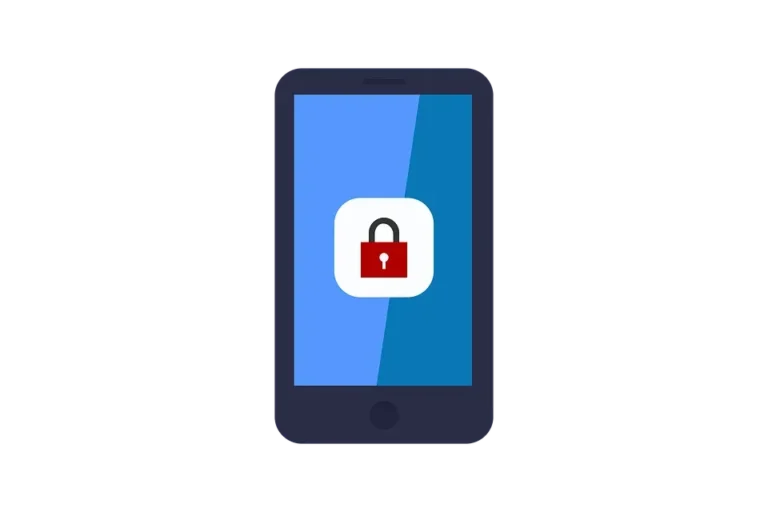Nowadays, we have become so used to our phones such that it feels as if we can’t live without them. This love affair with our phones has also led to a demand for phones especially smart phones to a point that they have become a target for petty thieves. As such, we have either been a victim of such theft or at least know someone who had the misfortune of losing their phone.
But how do you protect your phone in case it is stolen? Here are some has tips and tricks.
Sim Pin
This is something that a majority of us ignore but pin protecting your sim card means that if someone else were to try and use it in another device to make calls or texts, they’d need to enter a password. You can access this in most devices through Settings > Security > Set up SIM card lock, and then by following the instructions on your screen.
Device Backup
Regularly back up your device to make sure the most recent files and information are accessible should you need it. This way, you won’t have to start from scratch if you ever need to replace your phone – all your pictures, apps and contacts will be available to you. Use your Google Drive to back up an Android device, and Apple users can access iCloud.
Google Drive
When you upload a file to Google Drive, it is stored securely in data centres and data is encrypted both in-transit and at-rest. If you need to access files offline, they are stored on your device. This is where device protection comes in.
Google Account
Your Google Account comes with built-in security designed to detect and block threats like spam, phishing, and malware. Your activity is stored using strong industry standards and practices.
Strong Password
Choose your phone passcode wisely. Simple combinations like 1, 2, 3, 4 or your date of birth are easy to remember, but it is worth choosing a code which is more difficult for unauthorized persons to guess or pull from any other information they have. For increased protection, choose a six number pin, or even better – swap it to a password, which can use letters and symbols, so you can use a mixture to be even more secure. Additionally, if your phone has biometric identification, use fingerprint or face unlock to access your phone.
Security Updates
If you’re an Android user, make sure that your device has the latest security update (for iOS, these come with software updates). This will ensure maximal protection for your personal information, such as your Google login and password. Keeping this information only to yourself, will ensure any backed up data is only accessible by you.
IMEI
Record the unique serial number of your phone, this is called the IMEI number. Having this on hand is useful in case your phone is found and returned to a local police station, in which case you will be able to verify that the phone is yours. Access the IMEI number in Settings > About this phone > IMEI.
Find My Device
If you’ve added a Google account to your Android device, the Find My Device feature gets activated automatically, which helps to locate your phone’s geographical location remotely. To make sure it comes in handy when needed, enable the app to have access to your phone’s location. This can be done via Settings > Location > App access to location > Find My Device.
By Ben Stephens – UK Enterprise Business Manager at HMD Global

